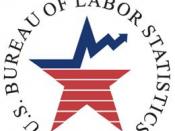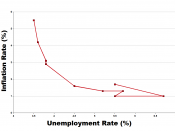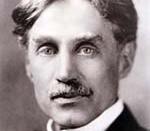Outline Goals and Objectives
I. Who is the aging workforce?
II. Identify the effects an aging workforce will have on business growth and productivity.
III. Illustrate how an aging workforce and management can use available technology to retain its aging workforce.
IV. What are other businesses doing to keep older employees from retiring?
I. Who is the aging workforce?
a. Baby Boomers
* Baby Boomers Defined: "The 76 million Americans born between 1946 and 1964." (Mosner, Spiezle, & Emerman, 2003, p. 1)
"The makeup of the labor force has slowly changed over the past 50 years, and significant changes are coming. This demographic shift has been exacerbated by the trend of early retirement of the baby boom generation." (Lockwood, 2003, p. 1)
Lockwood says during the 1950's, there was seven working age people for every one elderly worker and by 2030 the number of working age people will be down to three.
(p. 1)
II. Identify the effects of an aging workforce.
"Companies recognize that a maturing workforce can positively impact customer satisfaction and profitability." (The Conference Board, 2005, p. 1) Organization that do not comprehend the ramifications or acknowledge the opportunities associated with an aging workforce run the risk of not staying competitive. (p. 1)
a. Shortage of qualified skilled workers
i. Labor Force Breakdown (Chart 1)
"Since 1980, the number of U.S. workers over the age of 40 has increased significantly. By 2010, more than 51 percent of the workforce is expected to be 40 or older, a 33 percent increase since 1980, while the portion of the workforce aged 25 to 39 will decline 5.7 percent. At the same time, the median age of U.S. workers has continued to rise and is expected to increase by six years, from 34.6 to 40.6, by 2010. The number of...


